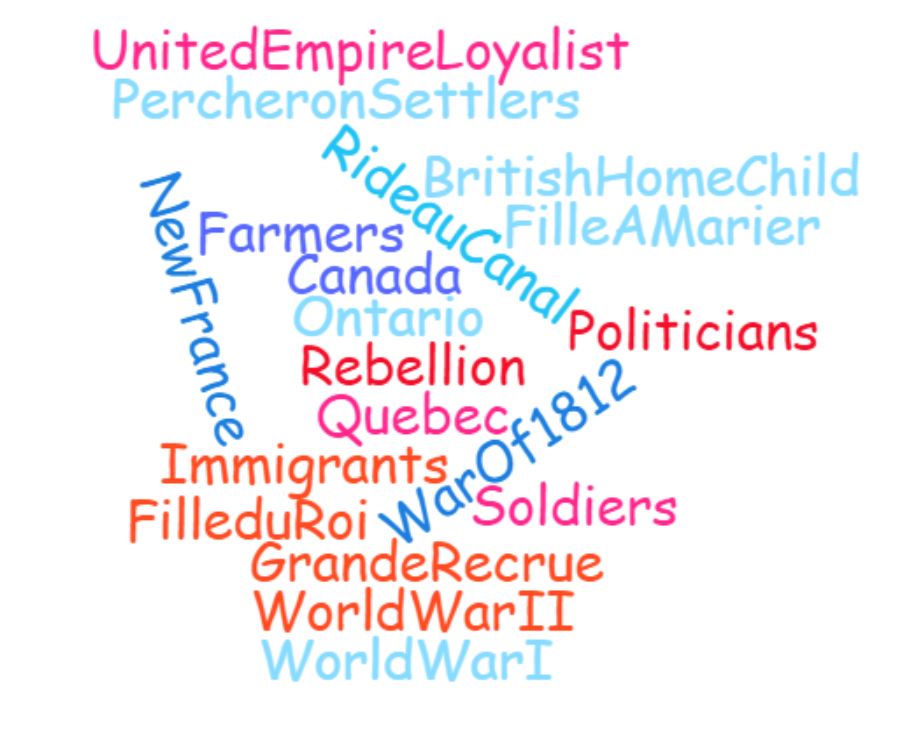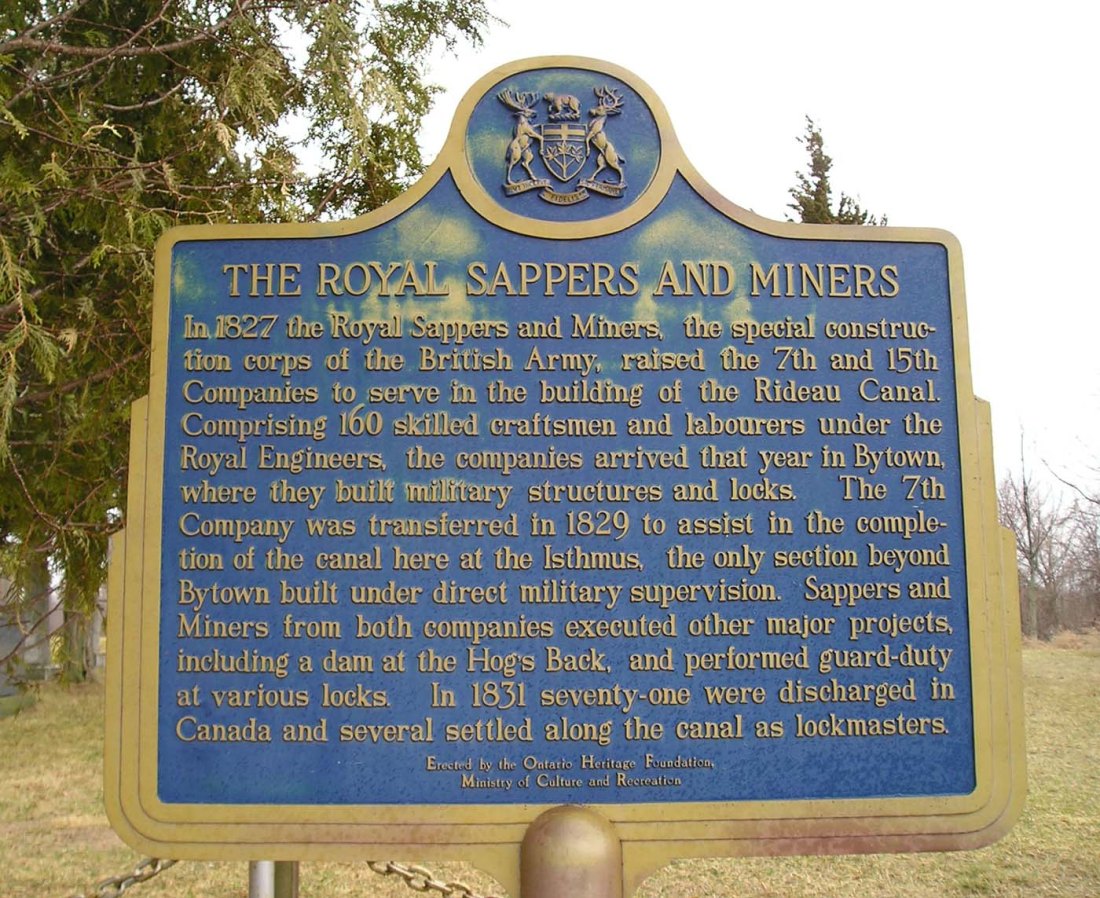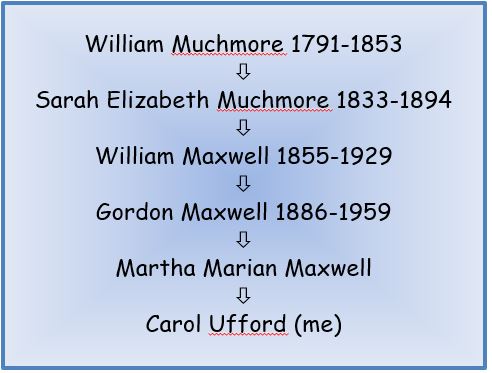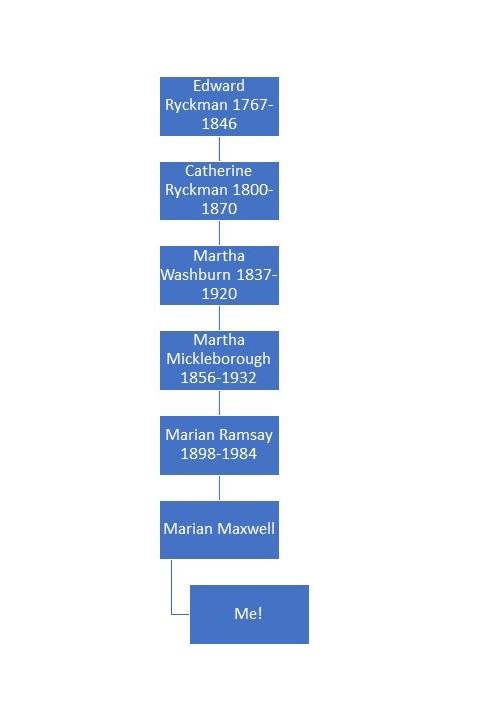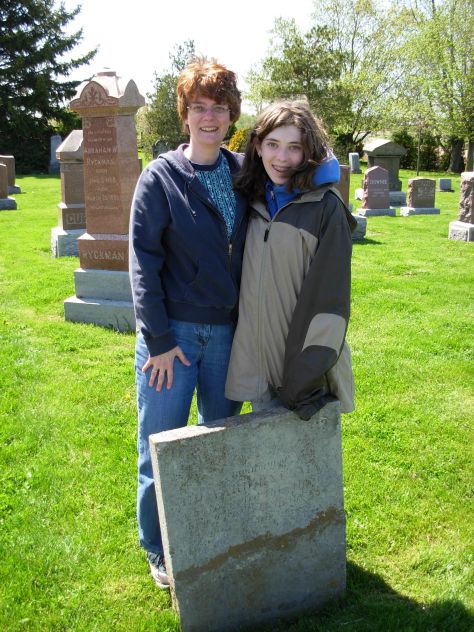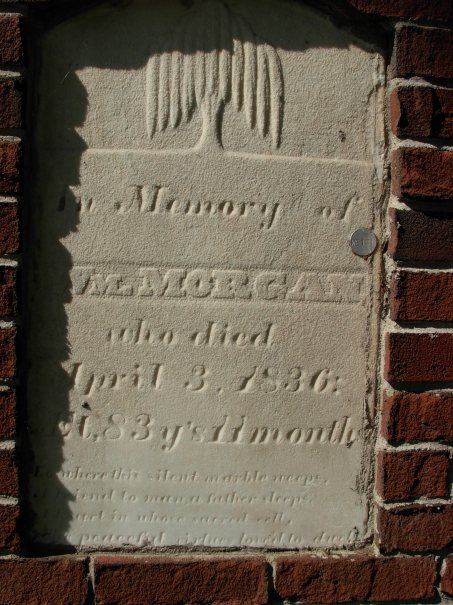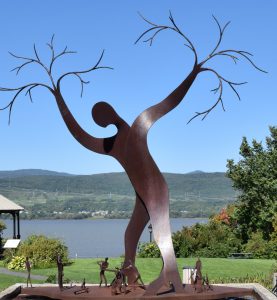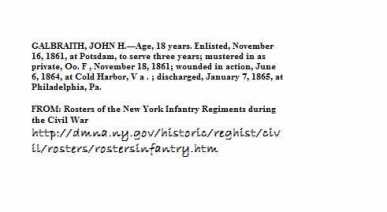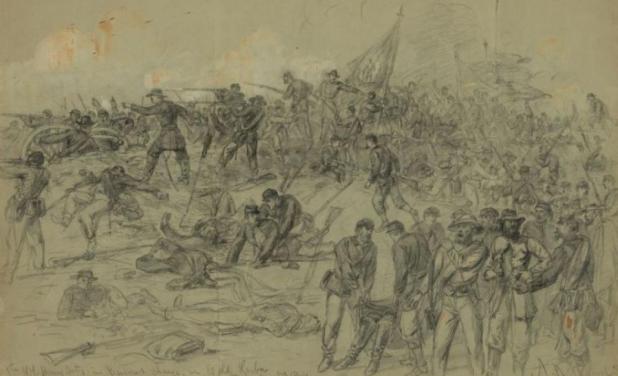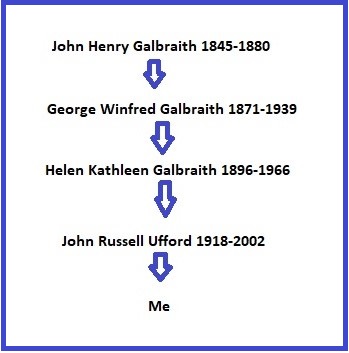Robert Maxwell (1796-1845) is my Maxwell ancestor who immigrated to Canada, probably from Ireland. Unfortunately, he immigrated before many written records, so much of what I know has been determined from records of his descendants. There are also a number of assumptions, and theories. This month I will piece together what I know, and what theories I have.
In order to put this together, I have worked backwards from Robert Maxwell (1829-1920) whose father I believe is Robert Maxwell (1796-1845), the immigrant. Use the chart below to follow along!

Robert Maxwell’s (1829-1920) death record lists his father as William (!) Maxwell born in Ireland, and his mother as Margaret Stevens, born in Belfast. This information was reported by Elizabeth Maxwell Burnash, and there is a note on the certificate to indicate she thinks the information is correct. So, now I have a name for his mother (Margaret Stevens), and a name of William for his father.
The 1851 census for Frontenac lists Robert Maxwell (24) living with Margaret Maxwell (47) born in Ireland, Rich (25), Eliza (20), John (17) and Joseph Maxwell (14). This evidence supports the first name of Robert’s mother, and gives us a birth place of Ireland. It also gives us 4 siblings for Robert (1829-1920).
The 1861 census shows Margaret Maxwell living with Joseph (21) and Thomas (29). A new sibling – Thomas!
Death certificates for other known children of Robert (1796-1845) have not been found. However, a tombstone for Margaret Maxwell has been located in Joyceville, Ontario in the Saint James Anglican Cemetery, and shows her husband’s name as Robert. The tombstone has a death date for Robert of January 1845. I now have some evidence to support the claim that Margaret Maxwell was married to Robert Maxwell. Which is correct – the tombstone, or the death certificate for Robert (1829-1920)? Since the tombstone was created closer to the death of Robert Maxwell (1796-1845), it is more likely to be correct.
With that information what else can we discover? Robert (1829-1920) was born in Ontario, so Robert and Margaret came to Canada before that time.
The book, Men of Upper Canada : Militia Nominal Rolls, 1828-1829, lists a Robert Maxwell as a member of the Addington Militia; this is possibly my Robert (1796-1845)
The 1824 census for the Frontenac area shows a Robert Maxwell living with one adult female and two males under the age of 7. If this is my Robert, he, his wife, and 2 sons arrived before 1824. 1824 is before the birth of Robert (1829-1920), and Rich (1828), so have I discovered two unknown sons?
In 1851 Robert Maxwell (1829-1920) buys lot 30, concession 6 for 100 pounds from William Maxwell. Who is “William”? Could it be an older brother?
Research on this William Maxwell shows he was born in 1819 in Ireland, and came to Canada at the age of 7 (from his obituary). He appears in 1861 and 1871 census records in the Peterborough area. In 1874 he immigrated to Michigan. Interestingly, he had a son named William Evans Maxwell. What makes this interesting, is that the maiden name of Margaret Maxwell (widow of Robert 1796-1845), could be Stevens, or Evans.
Is there any evidence from Robert’s siblings that help with the family relationships?
Richard (1828) appears in the 1861 and 1871 census with a wife Deborah, and eventually seven children. Census evidence from the children shows that they immigrated to Michigan about 1881. Could Richard have immigrated to Michigan to join his older brother William?
Elizabeth (1832) – no evidence for Elizabeth has been found after the 1852 census. It is likely she married shortly after the census, and would no longer appear in the records as a Maxwell.
Thomas (1832) – After the 1861 census, a record for a Thomas Maxwell born in Canada is found in New York. He is listed with a wife and two children. He appears again in the 1880 New York census. The death certificate for his daughter Jennie (died 1932) lists the father’s birth place as Breroers – this could be a transcription error for Brewers, as in Brewers Mills. (the original certificate is note available on line)
John (1835) – no evidence for John has been found after the 1852 census.
Joseph (1839) – no evidence for Joseph has been found after the 1861 census.
A lot of unknowns, but a lot of research possibilities exist. Further research on land records might yield information. Another possibility is church records. On the census records, the family lists their religion as Church of England. A search through the Anglican Archives in the Frontenac area might result in new discoveries, and confirmation, or disproval, of my theories.
Ahh… genealogy… detective work at its finest!
